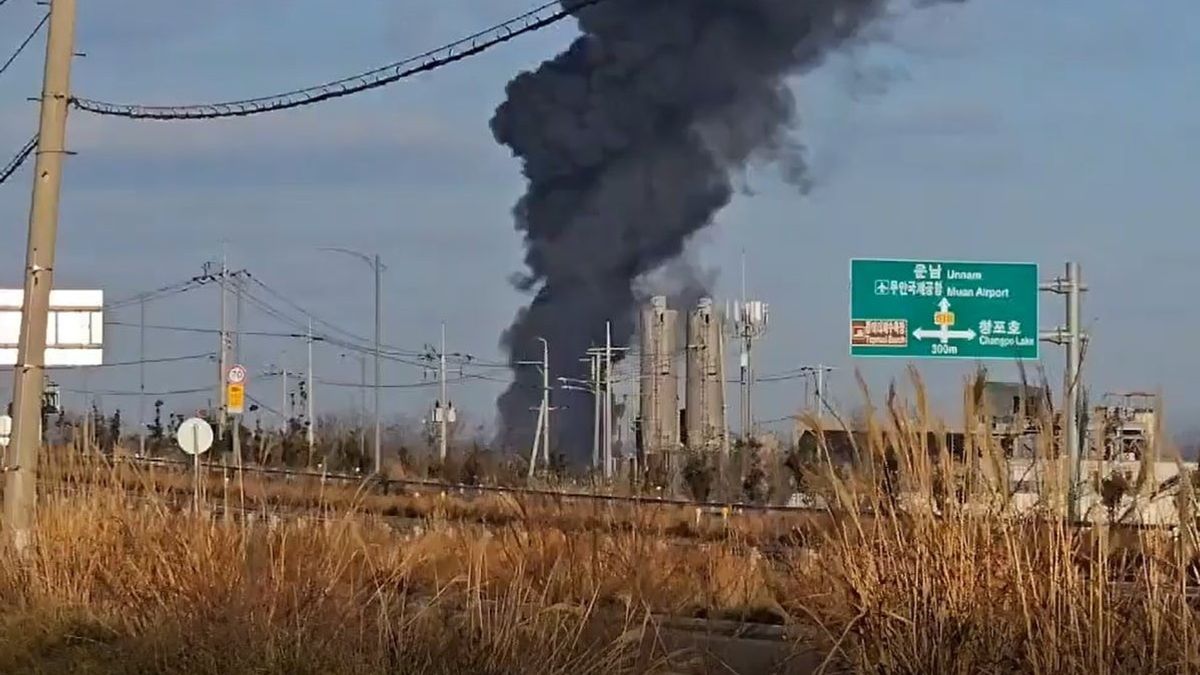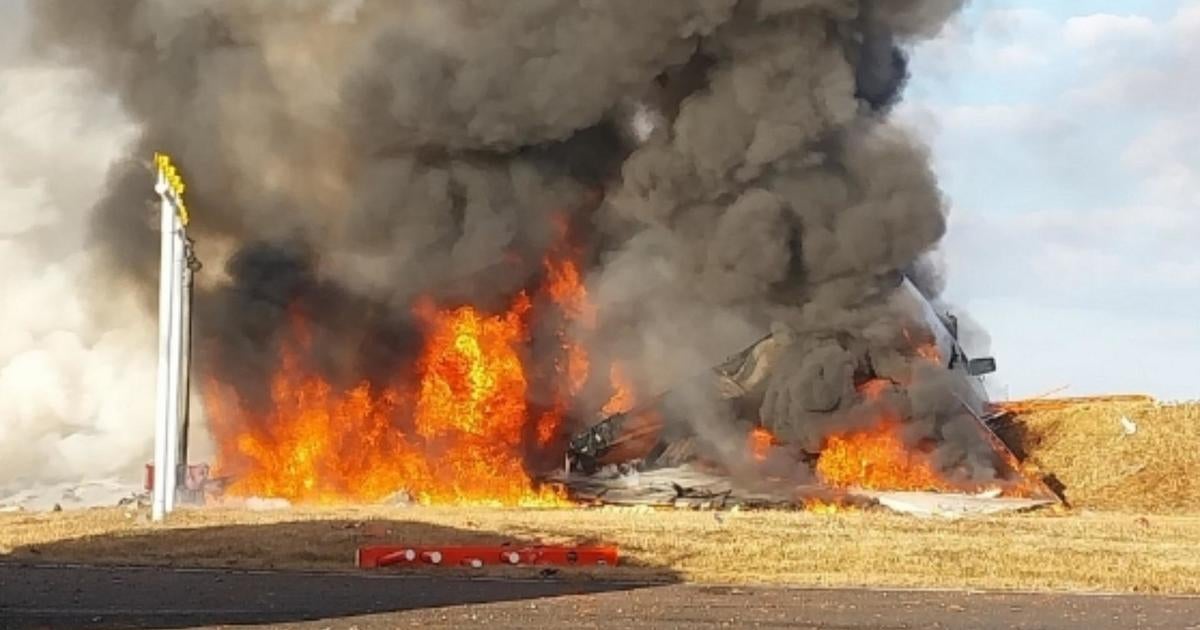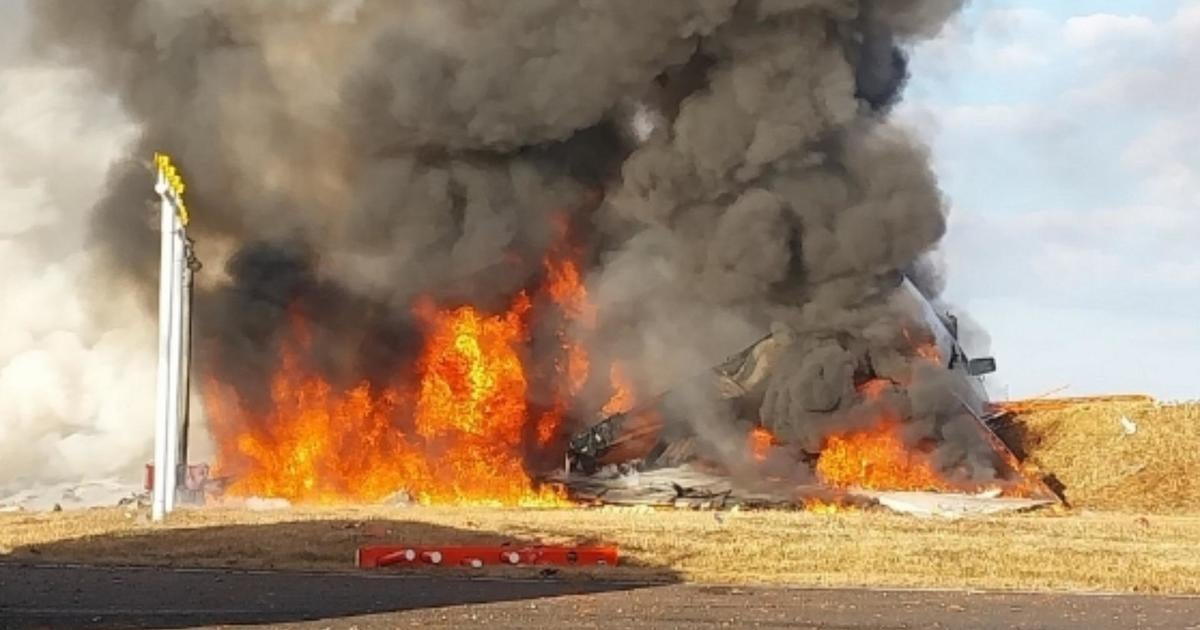South Korea plane crashes, sadly a part of aviation history, offer crucial lessons in safety and preparedness. This analysis delves into significant incidents, exploring contributing factors like human error, mechanical failures, and weather conditions. We’ll examine the evolution of safety regulations in South Korea, comparing its aviation safety record with international standards and highlighting the impact of these events on public perception and the aviation industry itself.
We’ll trace the timeline of major accidents, detailing investigative processes and subsequent safety improvements. The analysis will also cover technological advancements in aircraft design, pilot training, and air traffic control, illustrating how these measures have enhanced safety over time. Ultimately, the goal is to understand how South Korea has responded to tragedy and strived to prevent future incidents.
Okay, so we’re talking about the devastating South Korea plane crash, right? The search and rescue efforts are crucial, and that’s where technology like the magura v5 sea drone could be incredibly helpful in underwater searches for wreckage or victims. Imagine how much faster and more efficient recovery could be with this kind of advanced drone technology.
Hopefully, such advancements will prevent similar tragedies in the future, aiding in swift and comprehensive post-crash investigations.
A History of South Korean Air Accidents: South Korea Plane Crash

South Korea’s aviation history, like that of many nations, is marked by both progress and tragedy. This article examines significant air accidents, analyzing their causes, consequences, and the resulting advancements in safety regulations and technologies. We’ll explore the evolution of South Korea’s aviation safety record, comparing it to international standards and considering the influence of geopolitical factors.
Historical Context of South Korean Air Accidents

Several significant air crashes have shaped South Korea’s aviation safety landscape. These incidents, often involving a complex interplay of factors, have spurred significant improvements in safety regulations and technological advancements.
- 1970s-1980s: Early incidents highlighted the challenges of rapid expansion and the need for improved safety standards. Causes often included inadequate pilot training and maintenance practices.
- 1990s: A notable increase in air travel led to a focus on enhancing air traffic control systems and implementing stricter safety protocols. Several accidents during this period prompted significant regulatory reforms.
- 2000s-Present: The focus shifted towards proactive safety management systems, advanced technologies, and international collaboration. While accidents still occur, the frequency and severity have generally decreased.
Compared to other international carriers, South Korean airlines have generally maintained a relatively good safety record in recent decades, though this varies depending on the specific airline and period considered. Geopolitical factors, such as regional tensions and military exercises, can occasionally impact air safety in the region, necessitating robust contingency plans and heightened vigilance.
Analysis of the Asiana Airlines Flight 214 Crash
The Asiana Airlines Flight 214 crash in San Francisco in 2013 serves as a case study in the complexities of aviation accidents. The investigation highlighted multiple contributing factors, illustrating the need for comprehensive safety measures.
The flight, a Boeing 777, crashed short of the runway during landing, resulting in fatalities and injuries. The investigation revealed that pilot error, inadequate crew resource management, and potentially faulty auto-throttle calibration played significant roles. The subsequent investigation led to enhanced pilot training programs, stricter simulator requirements, and improvements in communication protocols between the cockpit and air traffic control.
A comparative analysis shows improvements in safety measures post-accident, including enhanced pilot training focused on low-visibility landings and improved crew resource management techniques. More rigorous maintenance procedures were also implemented.
South Korea’s history includes several tragic plane crashes, highlighting the importance of aviation safety. Thinking about the complex systems involved, it’s a bit like the jack and jill game , where a chain of events needs to work perfectly. If one part fails, like a faulty component in a plane, the whole system can collapse, leading to devastating consequences, as seen in past South Korean air disasters.
Impact on Public Perception and the Aviation Industry, South korea plane crash
Major air crashes significantly impact public trust in the aviation industry. The aftermath of such events often leads to increased scrutiny of safety regulations and operational procedures.
| Year | Event | Pre-Accident Passengers (millions) | Post-Accident Passengers (millions) |
|---|---|---|---|
| 2013 | Asiana Airlines Flight 214 | Data unavailable | Data unavailable |
| [Insert Year] | [Insert Accident] | Data unavailable | Data unavailable |
| [Insert Year] | [Insert Accident] | Data unavailable | Data unavailable |
Note: Precise passenger numbers before and after specific crashes require extensive research and may not be readily available publicly. The table serves as a template to illustrate the concept.
The long-term economic consequences can include decreased air travel demand, impacting airlines and related industries. Socially, these events often lead to heightened public awareness of aviation safety and increased calls for greater transparency and accountability.
Technological Advancements and Safety Measures
Significant advancements in aircraft technology and safety systems have been implemented to enhance aviation safety. These include improvements in aircraft design, pilot training, and air traffic control systems.
- Advanced Flight Data Recorders (FDRs) and Cockpit Voice Recorders (CVRs): These provide crucial data for accident investigations, leading to a better understanding of contributing factors.
- Improved Weather Forecasting and Avoidance Systems: These help pilots make informed decisions and avoid hazardous weather conditions.
- Enhanced Ground Proximity Warning Systems (GPWS): These systems provide timely alerts to pilots to prevent Controlled Flight into Terrain (CFIT) accidents.
Pilot training programs now incorporate more sophisticated simulation technologies, focusing on crew resource management and emergency procedures. Air traffic control systems have improved through advanced radar technology and communication systems, enabling more efficient and safer air traffic management.
Illustrative Examples of Safety Improvements
Visualizing the evolution of safety features over time helps illustrate the progress made. Consider the development of stronger airframes, improved engine designs, and the incorporation of advanced flight control systems.
For example, the introduction of fly-by-wire systems, which use electronic signals instead of direct mechanical linkages, enhances flight control precision and reduces pilot workload. Similarly, advancements in composite materials have made aircraft lighter and more resistant to damage.
- Improved Aircraft Design: Stronger airframes, advanced materials, and improved engine designs.
- Enhanced Pilot Training: More realistic simulations, focusing on crew resource management and emergency procedures.
- Advanced Air Traffic Management Systems: Improved radar technology and communication systems.
- Advanced Safety Systems: GPWS, TCAS (Traffic Collision Avoidance System), and other collision avoidance technologies.
Last Recap

By examining past South Korea plane crashes, we gain a deeper understanding of the complex interplay between technology, human factors, and regulatory oversight in ensuring aviation safety. While tragic, these events have spurred significant advancements in safety protocols and technology, leading to a demonstrably safer aviation environment. Continued vigilance and proactive safety measures remain crucial for the future of air travel in South Korea and beyond.
FAQ Overview
What is the most common cause of plane crashes in South Korea?
There’s no single most common cause; past incidents have involved a mix of factors, including pilot error, mechanical failure, and weather conditions. Each accident requires a specific investigation to pinpoint the exact causes.
How does South Korea’s aviation safety compare to other countries?
South Korea’s aviation safety record has improved significantly over time, but comparisons with other nations are complex and depend on various metrics and the time period considered. It’s best to consult official safety reports for detailed comparisons.
What compensation is available to victims of plane crashes in South Korea?
Okay, so you’re looking into the recent South Korea plane crash? That’s serious stuff. It’s interesting to think about how such events impact popular culture, like how the tension might mirror the deadly games in player 222 squid game 4 , although obviously on a much different scale. The aftermath of the crash, the investigations, and the human cost – those are all things to consider when thinking about the larger picture.
Compensation for victims of plane crashes in South Korea is governed by national and international laws, and varies depending on the specifics of the accident and applicable insurance policies. Legal counsel is recommended to understand available options.
Are South Korean airlines safe?
Like all airlines, South Korean carriers are subject to safety regulations and undergo regular audits. While past incidents highlight the importance of continuous safety improvements, major South Korean airlines generally maintain a good safety record.
